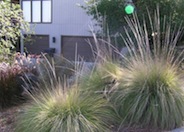
Common name:Deer Grass
Botanical name:Muhlenbergia rigens
The Deer Grass is a warm season perennial that forms dense clumps from the base. The spike-like flower stalks grow 2'-3' tall and this grass has striking foundation form. The Deer Grass is native to California, is drought tolerant, and is a beneficial insect plant.
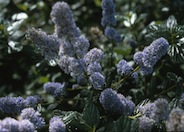
Common name:Carmel Creeper
Botanical name:Ceanothus griseus horizontalis
Carmel Creeper is one of the most popular forms of spreading shrubs. Its glossy oval leaves of 2" are bright green. The tiny, light blue flowers are abundant and form 1" clusters. This shrub benefits from pruning. It does best in well-drained soil with little to no summer water.

Common name:Douglas Iris
Botanical name:Iris douglasiana
Douglas iris is an evergreen perennial for shade or partial sun with blue violet spring flowers. It is a California native that is drought tolerant.
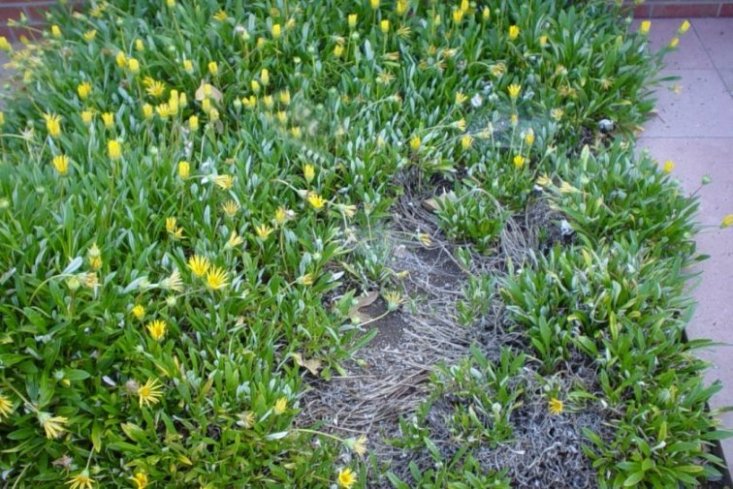
Common name:Semi-Trailing Yellow Gazania
Botanical name:Gazania 'Mitsua Yellow'
This somewhat hardy perennial will grow 6"-12" high and produces wonderful, bright yellow flowers.
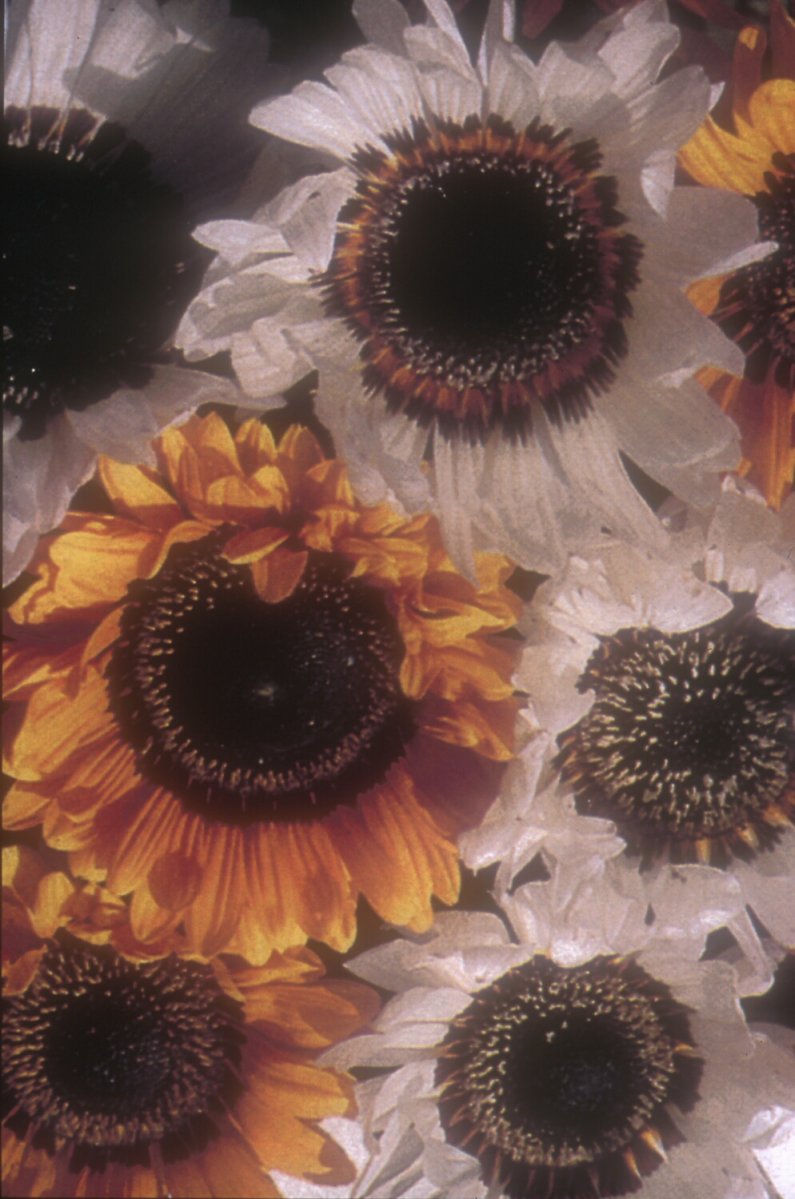
Common name:Cape or Monarch Daisy
Botanical name:Arctotis fastuosum alba
Vendium fatuosum is an annual. It produces orange flowers that have multi-petals and a large dark center.
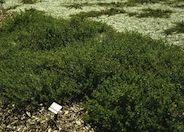
Common name:Coyote Bush
Botanical name:Baccharis pilularis 'Pigeon Point'
'Pigeon Point' is a compact, evergreen ground cover that grows 18"- 24" tall and 10'-12' wide. It is the preferred form of the Coyote Bush. Its leaves are green; it has white flowers that bloom in the fall. It is important to plant this groundcover that are at least 6' -10' apart. Otherwise they will overgrow each other and create a high groundcover. 'Pigeon Point' is tolerant of ocean spray and is deer resistant.
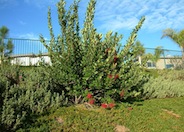
Common name:Toyon
Botanical name:Heteromeles arbutifolia
Toyon is a California native evergreen shrub that grows 8'-15' high and spreading 2'-3'. It has leathery toothed leaves, white summer flowers and clusters of red winter berries. It tolerates full sun or partial shade, heat, smog, wind and heavy or light soils. It is drought tolerant, attracts beneficial insects and hummingbirds.
| Designer: | Natural Arrangement |
Photographer: GardenSoft |
Soils and Compost:
Maintain a two to four inch layer of mulch on the soil surface to reduce weeds, infiltrate rain water, and reduce compaction.
Water Saving Tip:
Be sure to fix all leaks promptly no matter how small they may seem.
Integrated Pest Management:
Remove irrigation water and fertilizer from areas where you don't want weeds to grow.

